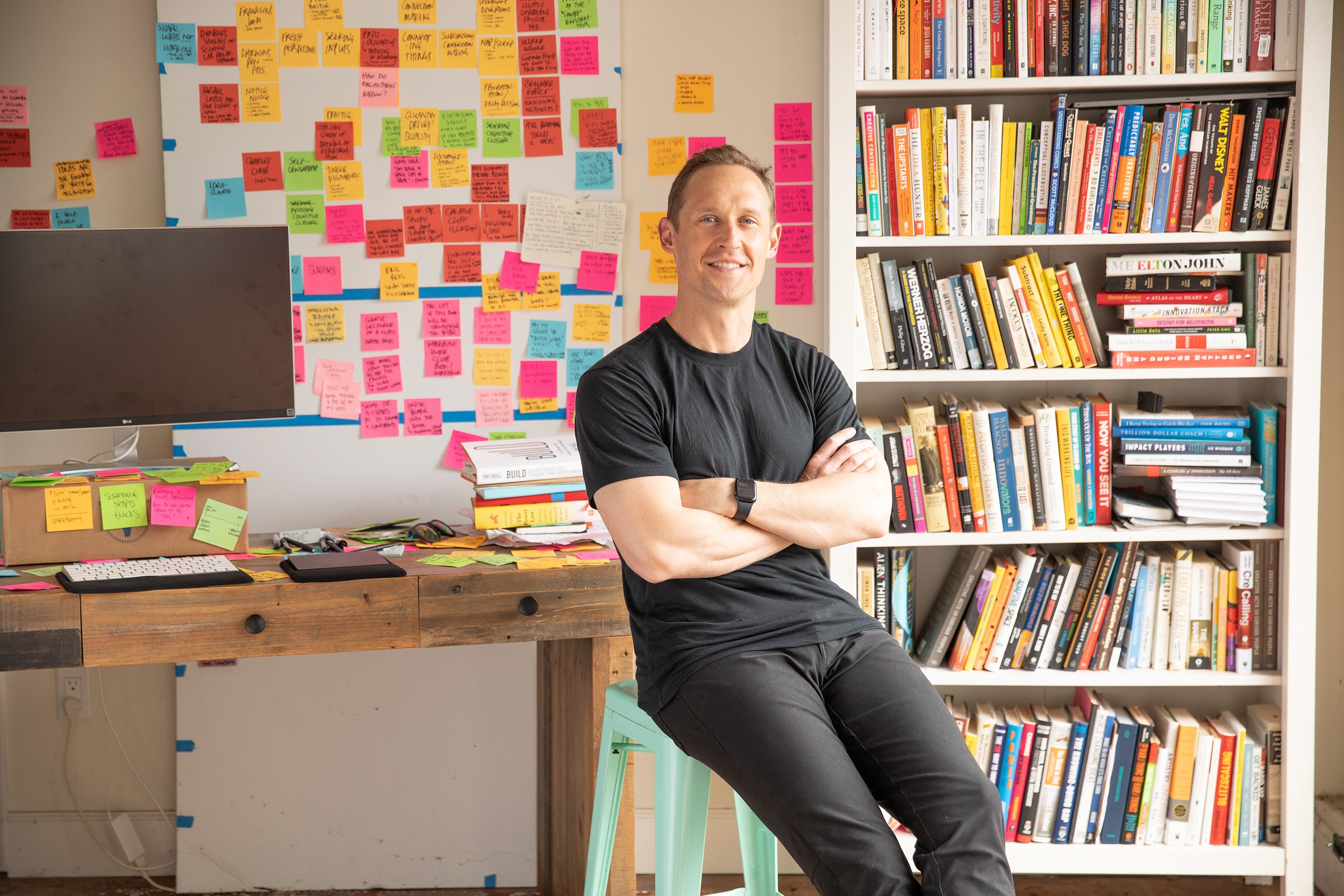
Methods of the Masters
A blog on the art & science of creative action.
Host A Science Fair
While the winding road to innovation often only makes sense in retrospect, that doesn’t mean you can’t bend the odds. One of my favorite prospective strategies an organization can employ is the classic science fair... but you must approach it correctly.
Can AI make brainstorming less mind-numbing?
Financial Times Opinion Piece featuring our AI research:
”Generative tech is improving work — but employees need to be as smart as their new assistants”
Take A First Try
Ed Catmull reveals the great secret behind Pixar’s success: they try before they’re perfect. “All our movies suck to begin with. Our job is to take them from suck to not suck.”
Practice in Community
Want to accelerate your pace of learning? Join a community of practice. We learn much more amongst fellow-learners eager to share insights from experiments conducted in radically different contexts.
Find Your People
New domains — whether hobbies or entrepreneurial ventures — are fraught with risk and failure. One way to hack the learning curve is to find fellow learners committed to the craft. Find your people, and you accelerate exponentially.
Court Serendipity
Steve Jobs said, “Theres a temptation in our networked age to think that ideas can be developed by email and iChat. That's crazy. Creativity comes from spontaneous meetings, from random discussions.”
Protect the Braintrust
Ed Catmull describes the rigorous process by which Pixar’s movies go from terrible, to exceptional. Drawing on insights from Isaac Asimov, here are a few rules to follow.
Be Sparkable
One of the greatest compliments you can pay a collaborator at the d.school is to say they’re “sparkable.” What exactly does that mean? They’ve learned to have a particular effect on creative combustion.
Be Vulnerable
Jake Karls, co-founder of Mid Day Squares, flips the “perfectionist” script. Here he shares his unexpected formula for crafting deeply engaged fans.
Spark A Movement
Peter Sims, author of Little Bets and founder of BLKSHP suggests that a movement is superior to a network in a few distinct ways.
Attack Bias
How can a leader create an environment that’s hostile to bias, and one that cultivates the emergence of new ideas? Trier Bryant provides a simple framework to equip leaders with a plan of attack.
Allow Folks to Play
If innovation is a numbers game, subject to considerable odds, then how can a leader bend the odds? IDEO’s Brendan Boyle says play is a key lever to drive the breadth of experimentation required to succeed.
Crystallize Your Knowledge
Pulitzer-Prize winning journalist Charles Duhigg explains how we can turbo-charge sense-making, and turn information into valuable knowledge.
Say, “I Don’t Know”
“I don’t know,” might be three of the hardest words to say, especially for a professor. A leader is often conceived as the one who knows. And yet, not knowing creates space for the unexpected to emerge…
Reach Beyond Yourself
The most popular post in my Stanford Slack channel illustrates a profound source of creative wisdom: “Would anyone be interested in staying after class tomorrow to brainstorm experiments?”
Learn With Lunatics
The surprising secret to YouTube sensation Mr. Beast’s rise to prominence? Gathering likeminded learners to exponentially reduce the ramp of a new pursuit. Such folks are lunatics.
Request Criticism
Leaders at Stanford and Pixar have proven that one of the most powerful ways to accelerate the quality of our ideas is to actively seek and embrace critique.
Interrupt A Hero
How did I have the boldness to approach a living legend of innovation as a total stranger? I was inspired by one of my own students, and followed suit.



















